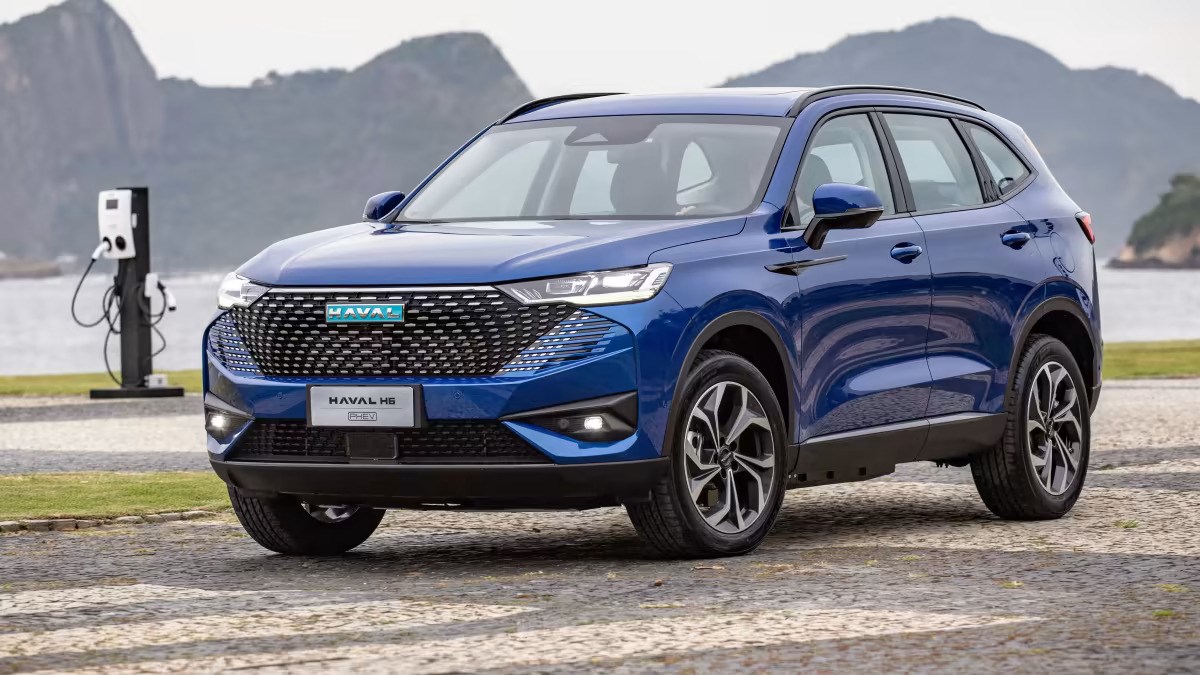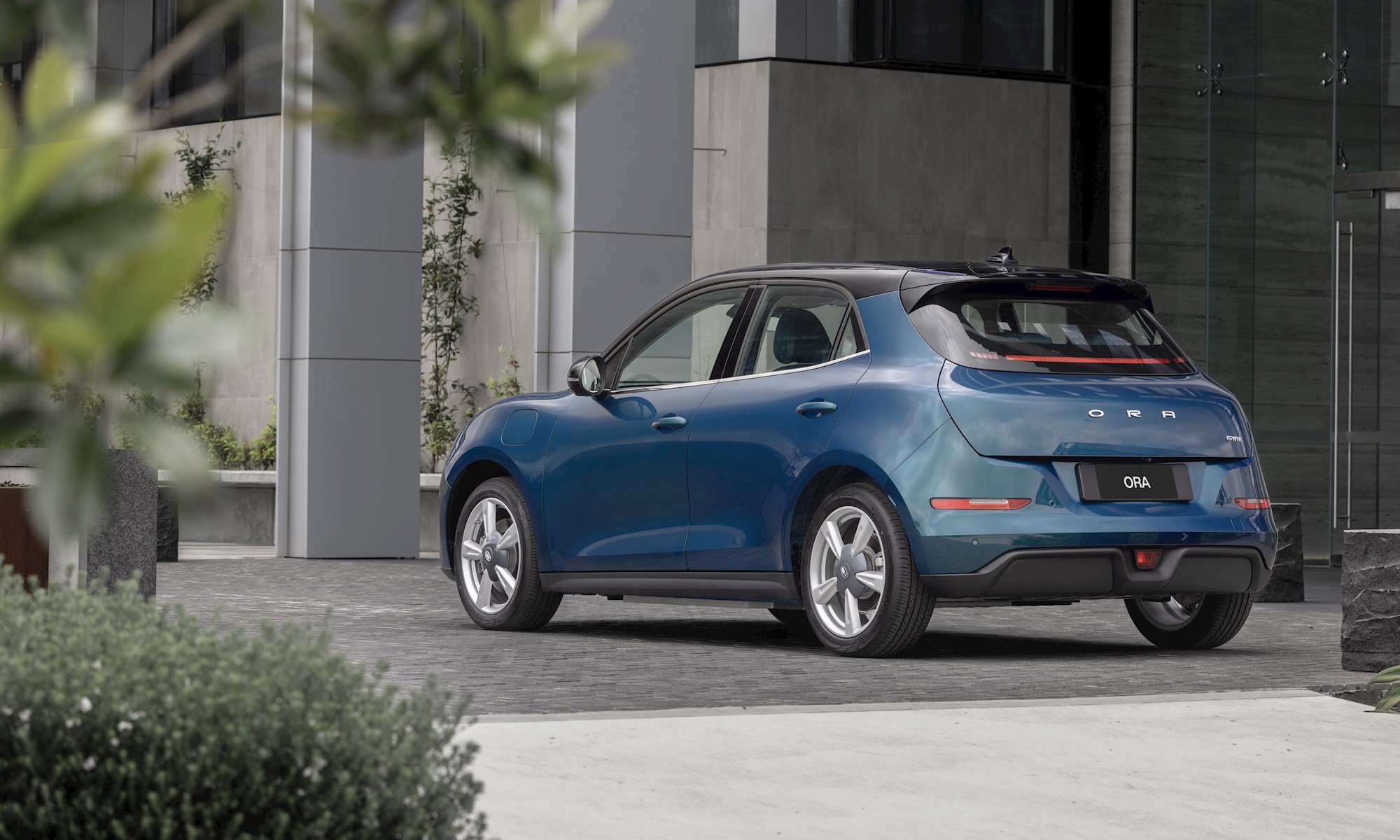New Energy Vehicle (NEV): it's yet another new-generation acronym that Kiwis will be hearing more of.
NEV originates from China: it's a common term in the domestic market to identify any vehicle not powered by a conventional internal combustion engine. So a NEV could be a HEV, PHEV, BEV or even a hydrogen FCEV. The car industry loves acronyms.

GWM is really embracing NEV for New Zealand and Australia as its local part of a global rebranding effort. Formerly Great Wall Motors, the new GWM has taken its separate Haval, Ute, Ora and Tank (that last one still not confirmed for NZ) brands and put them under one umbrella as part of a worldwide "one GWM" strategy.
So the sub-brands are GWM Haval, GWM Ute (aka Cannon), GWM Ora and (maybe for NZ) GWM Tank. And all of those are going to be focused on NEVs.
Ora is there already, of course - it's a new division that was conceived as being 100 per cent EV from the start. The first potential Tank model for NZ is the 300 petrol-electric hybrid. But Ute and Haval (especially) are going to evolve quite quickly. Overall, GWM Australasia has committed to the factory that 80 per cent of all GWM vehicles on sale here will be NEV by 2025.
To do that we are going to launch 50 NEV models," says head of marketing and communications for Australasia, Steve Maciver. "To be clear, of those 50, some of them are already on sale. Plenty are in development, but they will all come before the end of 2025. That’s how quickly this company is accelerating.

"But everything now sits under GWM. Cannon is GWM’s ute series, Ora (above) is GWM’s EV series, Haval is GWM’s SUV series [and] Tank is GWM’s professional off-road series. When you look at it like that, you begin to see how it’s all going to sit.
"It’s a change in focus from ICE to NEV; we see NEV as being the future, although we’re not getting rid of ICE just yet – we don’t think the market is ready for that".
Haval is changing pretty quickly in Australia, with sales of the Jolion HEV and H6 HEV now accounting for 30 per cent of total sales. But NZ is almost there already: Kiwi sales of those two models are already over 70 per cent, fuelled by the Clean Car Discount and greater awareness of hybrid technology.
A potential hero model for Haval's NEV efforts in NZ is the H6 plug-in hybrid electric vehicle (PHEV), which matches a 1.5-litre turbo-petrol engine to a huge (for a PHEV) 34kWh battery pack, giving 200km-plus EV range. That's an NEDC figure, rather than the tougher 3P-WLTP standard used for NZ Clean Car calculations, but it's safe to say it would have one of the longest PHEV ranges in NZ.
The H6 PHEV isn't yet confirmed for this part of the world, but the company has one in Australian for evaluation already; it had hoped to host media drives of the car during a press event earlier this year, but it got help up in quarantine.
"It's a car that is very seriously under consideration," says Maciver. "We’re working through the business case for Australia and NZ right now."



